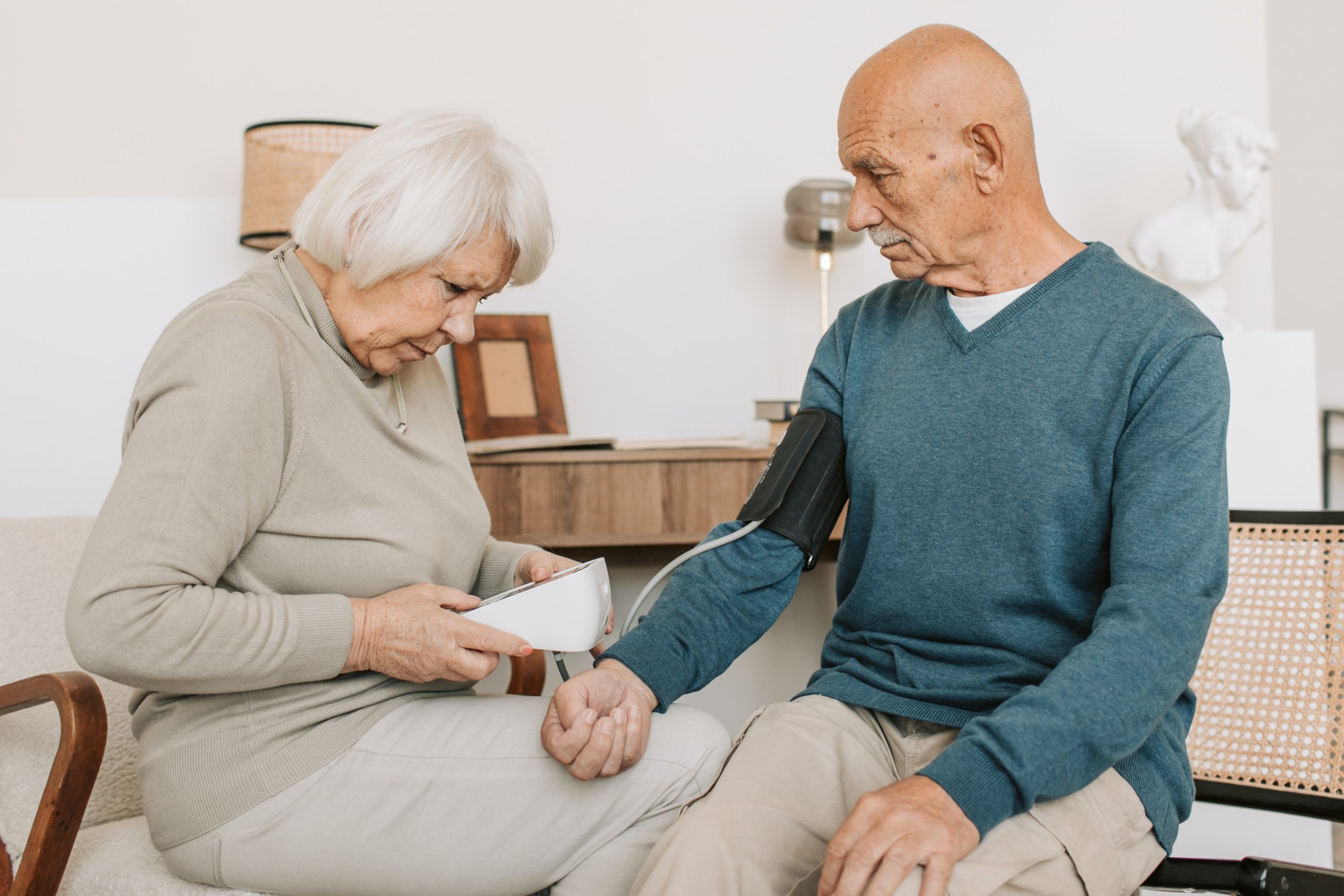From Medication to Exercise: Exploring the Best Arthritis Relief Options

The image is not directly related to the article. It merely symbolizes the life of elderly people.
Arthritis is a common condition that affects millions of people worldwide. It is characterized by inflammation and stiffness in the joints, often leading to pain and decreased mobility. While medication is commonly used to manage arthritis symptoms, recent research suggests that exercise can also be an effective way to find relief.
Traditionally, medication has been the go-to treatment for arthritis. Nonsteroidal anti-inflammatory drugs (NSAIDs) such as ibuprofen and naproxen are commonly prescribed to reduce pain and inflammation. These medications can provide temporary relief, but they also come with potential side effects, such as stomach ulcers and kidney problems.
In recent years, there has been a shift towards exploring alternative options for arthritis relief. Exercise, in particular, has gained attention as a potential treatment. Regular physical activity can help strengthen the muscles surrounding the joints, improve flexibility, and reduce pain.
One study published in the Journal of Rheumatology found that a tailored exercise program was just as effective as medication in reducing pain and improving physical function in individuals with knee osteoarthritis. The participants in the exercise group reported a significant decrease in pain and an improvement in their overall quality of life.
Exercise can take many forms, depending on the individual’s preferences and abilities. Low-impact activities, such as swimming or walking, are often recommended for individuals with arthritis as they put less stress on the joints. Strength training exercises can help build muscle mass and support the joints, while flexibility exercises, such as yoga or tai chi, can improve range of motion.
It is important to note that exercise should be approached with caution, especially for individuals with more severe arthritis or other underlying health conditions. Consulting with a healthcare professional or a physical therapist is recommended to develop a safe and effective exercise plan.
In addition to exercise, other lifestyle changes can also contribute to arthritis relief. Maintaining a healthy weight is crucial, as excess weight puts additional stress on the joints. Eating a well-balanced diet that includes anti-inflammatory foods, such as fatty fish, fruits, and vegetables, can also help reduce inflammation in the body.
While exercise and lifestyle changes can be beneficial, medication may still be necessary for some individuals with arthritis. It is important to work closely with a healthcare professional to find the right treatment plan. In some cases, a combination of medication and exercise may be the most effective approach.
In conclusion, exploring alternative options for arthritis relief, such as exercise, can provide a safe and effective alternative to medication. Regular physical activity, tailored to an individual’s abilities and preferences, can help reduce pain, improve mobility, and enhance overall quality of life. However, it is important to consult with a healthcare professional to develop a personalized treatment plan that best suits each individual’s needs.
The image is not directly related to the article. It merely symbolizes the life of elderly people. Arthritis is a common condition that affects millions of people worldwide. It is characterized by inflammation and stiffness in the joints, often leading to pain and decreased mobility. While medication is commonly used to manage arthritis symptoms, recent…
Recent Posts
- Empowering Caregivers: The Best Online and Offline Resources to Enhance Your Skills
- Traveling with a Purpose: The Rise of Volunteer Vacations
- Breaking Stigma: Dispelling Myths about Mobility Aids and Disability
- Avoiding Probate: How Trusts Can Simplify the Estate Settlement Process
- Senior Citizens Beware: Common Financial Scams and How to Stay Protected

